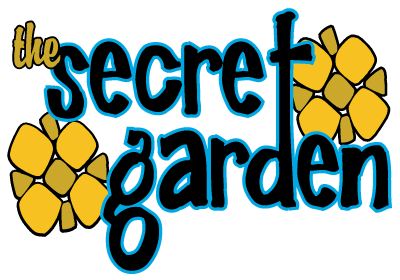Province:
ORELLANA, SUCUMBÍOS
Extensión:
590112 hectáreas
Year of creation:
1979
Within the Amazon region there are areas where water replaces solid ground, rivers suddenly become narrow channels, large and medium-sized lagoons appear, and the canoe is the only way to move among the trees and vegetation. They are the flooded forests of the Amazon, a good part of which is protected within this great reserve. The protected area takes its name from the Cuyabeno River, which overflows in its middle course, creating a complex of 14 lagoons and forming the largest wetland in the Ecuadorian Amazon.
Sistema Nacional de Áreas Protegidas (2011)
Fauna:
These flooded forests are the territory of dolphins, manatees, alligators, anacondas and otters.
Flora:
The water guarango, the most unique tree in the reserve; Thanks to its special adaptations, it can grow on the banks of rivers and lakes, creating a magical and mysterious environment that attracts thousands of visitors each year.
Indigenous Communities:
The reserve is also considered one of the protected areas with the greatest cultural diversity in the Ecuadorian Amazon. Here there are communities of indigenous Siona, Secoya, Cofán, Kichwa and Shuar.
Geography:
The reserve is located in the northern part of the Ecuadorian Amazon and includes the hydrographic basins of three important rivers: the Cuyabeno to the northwest, the Lagartococha to the east (which in turn borders with Peru) and the Aguarico.
Although the mainland tropical rain forest is the most abundant ecosystem in the reserve, it is the flooded ecosystems adjacent to the Cuyabeno and Lagartococha rivers that distinguish this protected area from others in the eastern region.
Two types of rivers that exist in the Amazon and are also present in the reserve:
The white water:
They originate in the mountain range and, as they descend towards the lowlands, they drag a large amount of sediment that gives the water a yellowish-tan color, like that of the Aguarico. The areas temporarily flooded by this water are called varzéas and are rich in sediments, so they are preferred for agriculture.
Black water rivers:
They are born in the same jungle and their color is dark due to the presence of certain substances from the decomposition of plant material that falls into its waters. An example is the Cuyabeno and Lagartococha rivers.
The areas flooded by these rivers, known as igapós, can remain flooded for several months each year.
How to get there?
Via private transportation
From Secret Garden Quito
Must be booked at least one day in advance.
From Quito to Lago Agrio it costs $20
From Quito to Cuyabeno Bridge costs $30
By public transport from Secret Garden Quito:
You must arrive at the Quitumbe station and take a bus to the city of Lago Agrio, from Lago Agrio you take a bus along the Lago Agrio – Tarapoa road until you reach the Cuyabeno bridge (100 km) where the checkpoint for entry to the Reserve.




